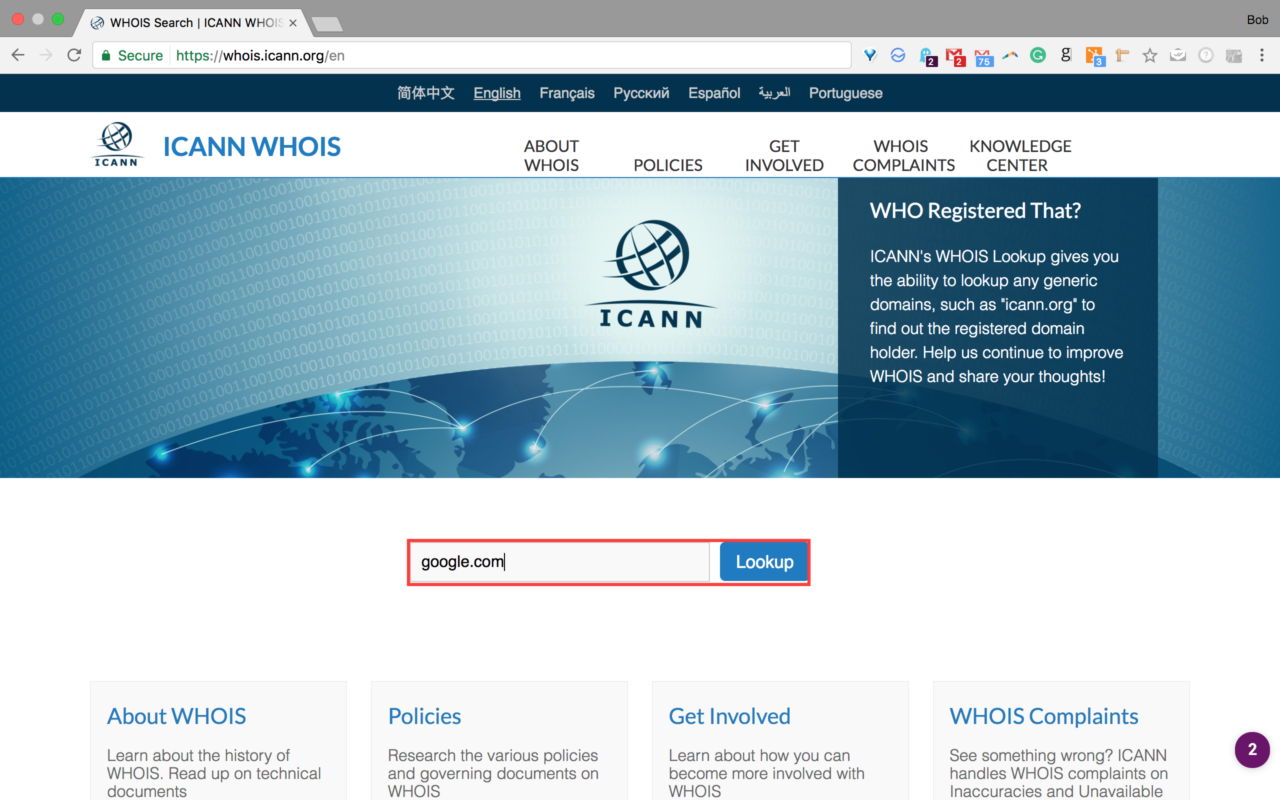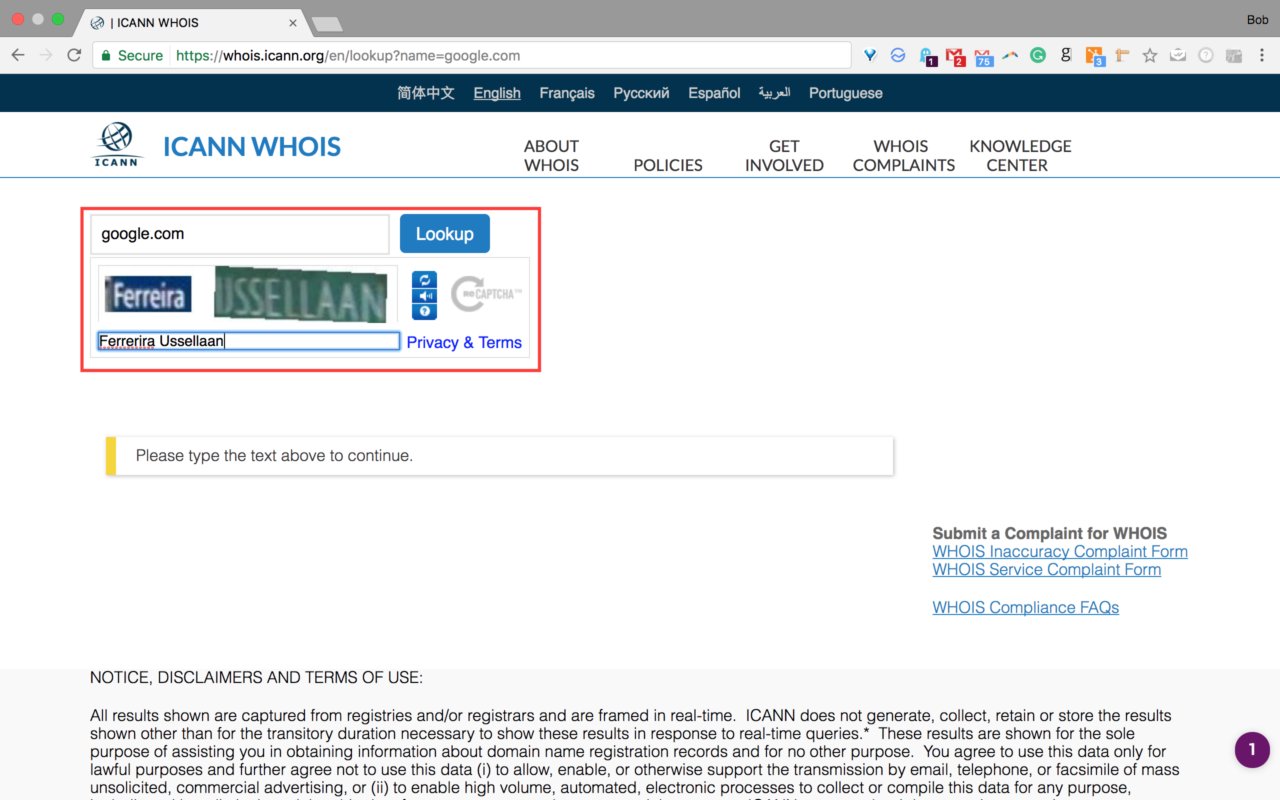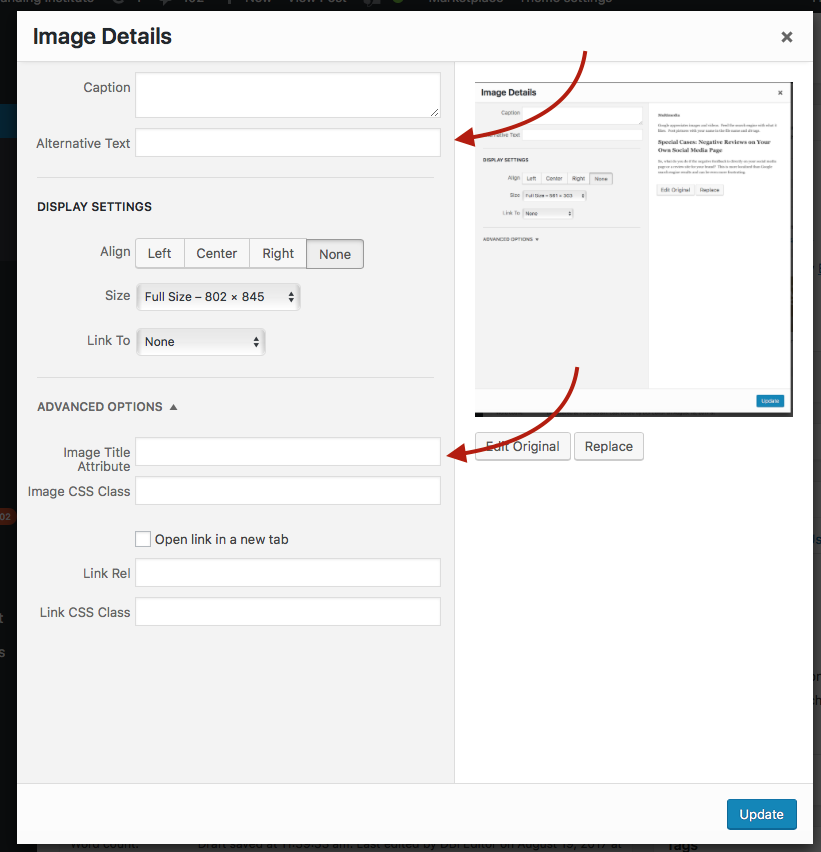Whether you’re a small business owner, private practitioner, or large organization, at some point you’ll need to know how to fix negative content.
We’ve learned that our reputation greatly affects many aspects of our lives–both business and personal. Whether you are trying to close a deal, apply for a job, or engage with new people, your reputation can either assist you by helping to make a great first impression or undermine your credibility altogether.

A similar concept is applied to credit repair. Improving your credit score is tedious. It’s a lengthy process that requires you contacting all the companies that placed negative marks on your record. When you think of consumers as creditors, any negative mark will make doing business with them much more difficult. This should be the main reason you should focus on cleaning up any negative content or taking steps to prevent negative content from appearing in the first place.
SEE ALSO: 5 Ways To Protect Your Company Reputation On Social Media
So how do you recognize negative feedback?
After conducting a digital brand audit, you may find negative articles or blog posts about your brand. From there, your next step will be to remove this negative content.
Here Are Two Options You Can Use to Fix Negative Content
Option #1
You can simply find the contact details of whoever owns the website with the negative content about your brand, contact them, and ask them if they could take it down.
Nothing gets the process moving more than the pressure of legal trouble. Use the law to your advantage by finding out whether the content violates any laws. If so, find a court that will listen to your case. The website owners will be obligated to remove the post from their site which will remove the negative feedback from Google.
Google Policy
Google policy also slightly protects you, legally. It allows for the removal of any sensitive information like financial information and identification numbers that would put you at risk.
Google will also remove any offensive images or videos that may have been associated with your site through someone else who initiated the negative feedback of your digital brand.
Then, if any other negative content related to your brand breaks the law in any way, you can possibly even have Google remove it for you.
Keep in mind, though, that it will simply be pushed from the search engine results but will still exist as a link that can be shared.
Other Options
Other legal avenues would be online defamation laws or laws that protect certain parts of the population.
Contact website owner/host
If you don’t know the website owners’ contact details, head over to whois.icann.org and type in the website’s name in the search box below.

Once you enter your search, you’ll have to confirm you’re a real human through reCaptcha.

After this, the website will show you the registrant contact, the admin contact, and tech contact.
What are these 3 types of contacts

Types of Contacts
- A registrant contact is a contact for the person who registered the domain. Usually, the registrant contact is the official owner or highest authority for a domain name. Sometimes, the owner may choose somebody else in the company to act as the registrant and make decisions for the domain name.
- An admin contact is a contact for the person who is in charge of administering the website. Similarly, the admin contact is usually the owner of the company or someone the owner assigned to the role. The admin contact makes the necessary decisions and executes the plans of the company.
- A tech contact is essentially the webmaster of the site. This person is responsible for all the technical aspects of the website including the web server and the domain’s files.
If you can’t get in contact with the website owner, resort to option 2.
Option #2
Outrank the sites containing negative content about you by identifying keywords and creating positive content in many (influential) sites.
You will eventually “push down” the sites with negative content to the second page which in most cases, people don’t go to.
You might think the second option is for very tech-savvy individuals, but it’s not. Just follow the steps below.

Here are the steps you should follow to successfully execute option #2:
Step #1:
Figure out the keywords and search queries that produce undesirable results. You can do this by checking out the top 10 search results on the first page.
Step #2:
Publish a large amount of great content on many (influential) websites. Doing this will drown out the websites that have posted negative articles about your brand. This is your way of basically making up for the negative feedback. The negative feedback will always be there, but it’ll be overshadowed by the positive articles about your brand.
A great way to do this is by guest blogging on high authority sites. Do your research and find sites you would most likely be able to submit a guest contribution.
Step #3:
Optimize the pages with content and links. This will aid in pushing the negative articles about your brand to the next search results page.
SEE ALSO: The Quick Guide To Getting Your Website To Rank Higher On Google
Other Tips For Burying Bad Search Results
Social Profiles
Social media profiles are high-ranking in search engine results. Capitalize on this. If you don’t already have social media profiles, get on Facebook, Twitter, Google+, YouTube, and LinkedIn to start making a positive name for yourself and your brand.
Also, become active on .gov / .edu websites and communities as these sites have very high authority. If your brand is mentioned on these types of sites, then you’ll increase your positive content displayed on the first page of Google. Sign up for accounts and profiles through your local government website or on your school’s website. Then, participate in activities, forums, and blogs associated with these networks to strengthen your profiles.
Multimedia
Google appreciates images and videos. So, feed the search engine with what it likes. On your blog, post pictures with your name in the image title and alt tags.

Comments
Leave plenty of comments online through influential websites, industry blogs, and news articles. These comments may go to the top of the search results for your name. However, make sure these comments do good for your reputation. You may have to step away from the soap box from time to time.
Press Releases
Do you have something you’d like to announce or something interesting coming up? Write about it then share it as a press release. Major media outlets may even pick up the release and that may help improve search engine results.
Special Cases: Negative Reviews on Your Own Social Media Profiles
So, what do you do if the negative feedback is directly on your social media profile or a review site for your brand? This is more localized than Google search engine results and can be even more frustrating.
For example, some social media profiles that you own for your digital brand may receive negative feedback for all to see. If that is the case, you may possibly be able to push the negative feedback down under many positive reviews or other positive information: truthful information. However, if your page is beyond reconciliation, and you would rather trash the page, you can possibly delete the account and remove your digital brand from the site. But, it’s not that easy.
Some websites will allow you to remove your business account, but all reviews remain. In that case, you have zero control over the feedback and can no longer add positive reviews in the future. All that’s left is the bad feedback.
Monitor the Progress of Your Efforts
All of these techniques will help you fix negative content and a negative reputation, but you should always monitor Google to be proactive about handling this negative content.
So, set up Google Alerts to find out when there’s a result for your name. You’ll instantly know if there is a negative search result that you’ll have to deal with.
Follow-Up and Prevention
Once you’ve fixed your current negative content issues, don’t stop there. Work on prevention. These situations will likely occur again should you not be on-top of monitoring and maintaining your brand. Being proactive involves vetting old posts, being aware of private online conversations, and strengthening your image.
Vetting Old Posts
Most of the time, you post things in high school or college that you might not want the whole world seeing when you’re developing and promoting a digital brand. So, this is when you would vet old posts.
When vetting old posts, you might look back through all your old social media posts and remove them ASAP, if they weren’t quite appropriate. Do this before you really trying to draw attention to yourself and your brand. While removing, if you’re not too sure about an old post, remove it anyway!
Private Online Conversations
Online conversations are convenient through social media and other online sites, in general. You can get your messages across quickly and easily to many people at once. However, the convenience isn’t always worth it. The things you say online are forever and can be used against you.
The solution?
Take your private conversations offline. Do it the old-fashioned way: a phone call. Words even through letters could be used against you. So, unless your phone calls are being recorded (they likely aren’t), you can rest easy knowing that what you are discussing lives only in the moment.
Strengthening Your Image
First off, you should review any and all information online about yourself aside from what’s being posted on social media. You should have a well-rounded online presence with a consistent presentation. This includes anything regarding charitable work, professional life, or other accomplishments. It’s not just about your opinions on social media.
Most people are afraid of having their brand reputation debased by negative content online. This is because building up a good image for a brand takes much dedication and effort. Luckily, if and when companies encounter these negative web articles, there are methods such as the ones aforementioned that can help a brand remove negative content from Google.
Also, as a small business owner, private practitioner, or large organization, you will benefit from initially building a positive reputation and then maintaining it to prevent negative content that links back to your site.
Are you looking to prevent negative content online? Are you the owner of a company, business, or blog looking to fix the negative online damage? Use these tips to build and fix your online reputation. Please share your thoughts below!











